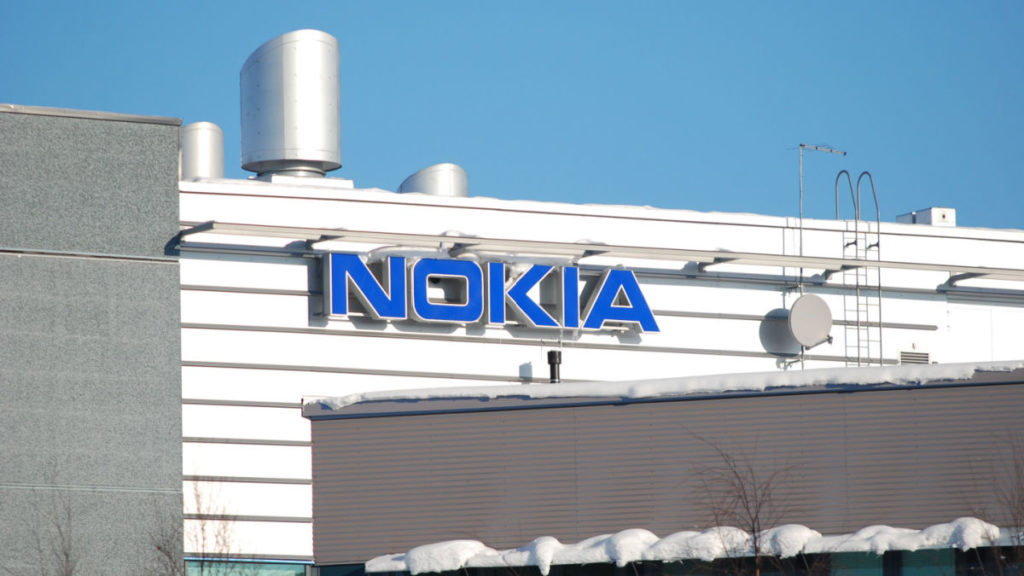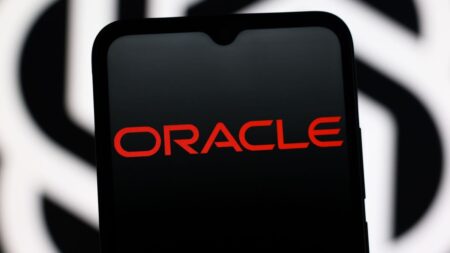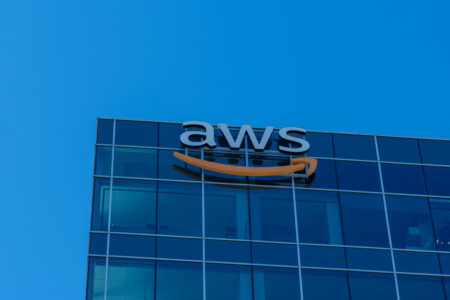Long before Apple’s iPhone burst onto the scene in 2007, Nokia led the market in cell phone sales. Even today, the Nokia 1100, which was released in 2003, remains the biggest-selling handset of all time (more than 250 million sold). Yet, there’s much more to Nokia than consumer electronics. The Finnish corporation is, at its core, a telecommunications company, and ever since selling its cell phone division to Microsoft in 2014, it has been doggedly focused on telecommunications infrastructure projects and Internet of Things (IoT) expansion.
Now, the company is setting its sights on the next stage of Europe’s 6G rollout, Hexa-X-II. Having led the Hexa-X initiative focused on developing a unified vision for 6G and determining various use cases, the plan’s stage two will see Nokia lead a consortium of 44 organizations to determine a solid overview and standardized platform.
So, could this position as technology lead in the EU’s 6G infrastructure strategy put Nokia ahead of the game and see it emerge as one of the most critical cloud technology enablers? We think so.
What Does Hexa-X-II Mean for the Cloud?
Of course, one of 6G’s core aims, as the next generation of wireless technology after 5G, is to provide greater capacity and lower latency. Both of these benefits are crucial to developing and adopting cloud technologies. Users in the office or working remotely will continue to apply more pressure on existing telecommunications systems.
Beyond this, 6G promises to be more reliable and secure, a crucial component when you consider that some users will ultimately use the technology to guide self-driving electric vehicles. In fact, security and data transparency is one of the most important factors in developing reliable telecommunications for cloud technologies. To this end, 6G infrastructure will include artificial intelligence- (AI-) powered security detection and machine learning to recognize and eliminate potential threats.
As telecommunication infrastructure is intrinsically entwined with the cloud, both technologies follow a similar trajectory. And sitting at the forefront of the European 6G revolution is Nokia. While the role of Nokia is to lead the proceedings, this position brings with it a responsibility and insight that won’t go unnoticed by the world’s largest cloud companies.
While shaping the 6G infrastructure plan for Europe, one of the biggest potential consumer markets for the technology, Nokia is also laying the foundation as a private infrastructure partner and leader in the technologies that will support the ongoing development of the cloud.
5G: The Elephant in the Room
Yet, we can’t have a conversation about 6G without mentioning its predecessor, 5G. The worldwide 5G rollout has been slow, to say the least. The technology was launched in 2019, but the pace of infrastructure development has stagnated on many occasions.
By 2022, AT&T, Verizon, and T-Mobile had all launched 5G services to customers in the U.S. However, there are still American cell phone service providers that have yet to do so, and full coverage is still to be achieved. In Europe, coverage is still lacking in many areas, and companies like Deutsche Telekom and, indeed, Nokia, appear to be focusing on private 5G infrastructure projects.
Yet, this doesn’t mean it isn’t time to focus on 6G. While some 5G projects have taken a long time to get off the ground, technology in other areas, like the cloud, automation, and immersive platforms, has accelerated. The telecommunications industry needs to catch up. And if this means jumping ahead with 6G initiatives and abandoning proposed 5G projects, then so be it.
Telecommunications companies must address the demand of organizations that rely on their wireless technologies. So far, Nokia is positioning itself as the go-to company in the field.









